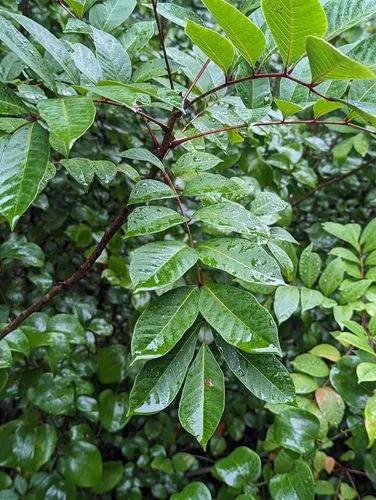Ficus macrophylla, commonly known as the Moreton Bay fig or Australian banyan, is a large evergreen banyan tree of the family Moraceae native to eastern Australia, from the Wide Bay–Burnett region in the north to the Illawarra in New South Wales, as well as Lord Howe Island. Its common name is derived from Moreton Bay in Queensland, Australia. It is best known for its imposing buttress roots.
Australian Banyan Care
Ficus Macrophylla



The Moreton Bay fig is an evergreen tree that can reach heights of 60 m (200 ft). The trunk can be massive, with thick, prominent buttressing, and reach a diameter of 2.4 m (7.9 ft). The rough bark is grey-brown, and marked with various blemishes. The Lord Howe form of Moreton Bay fig has a habit of dropping aerial roots from its branches, which upon reaching the ground, thicken into supplementary trunks which help to support the weight of its crown. It is a rainforest plant and in this environment more often grows in the form of an epiphytic strangler vine than that of a tree. When its seeds land in the branch of a host tree it sends aerial, "strangler" roots down the host trunk, eventually killing the host and standing alone. It is monoecious: each tree bears functional male and female flowers. As indicated by its specific epithet, it has large, elliptic, leathery, dark green leaves, 15–30 cm (6–12 in) long, and they are arranged alternately on the stems. The leaves and branches bleed a milky sap if cut or broken. The figs are 2–2.5 cm (0.8–1 in) in diameter, turning from green to purple with lighter spots as they ripen; ripe fruit may be found year-round, although they are more abundant from February to May.
How to Care for the Plant

Popularity

272 people already have this plant 62 people have added this plant to their wishlists
Discover more plants with the list below
Popular articles






